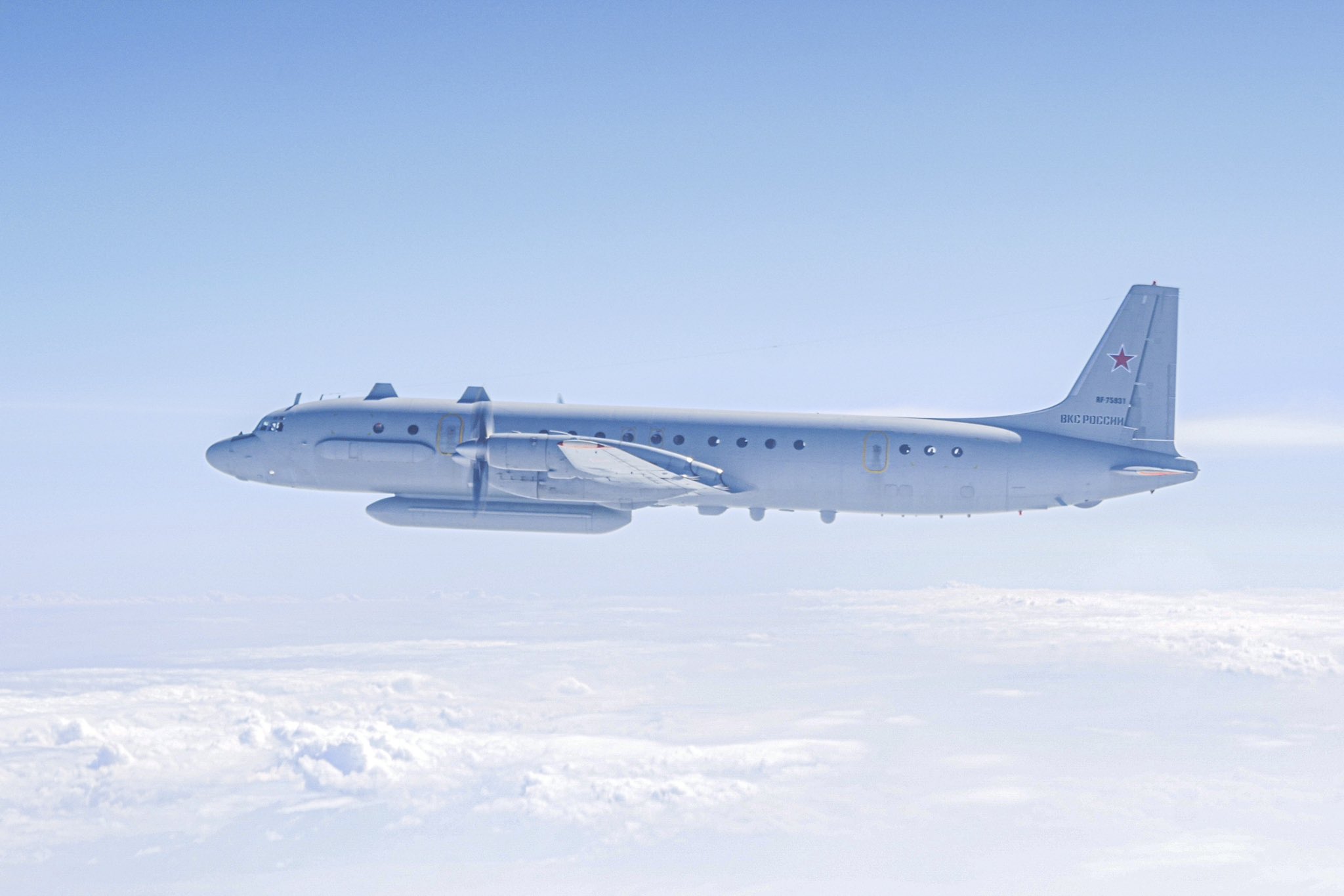German and British Eurofighters intercepted an Il-20M, escorted by two Russian Su-27s, with their transponders switched off. It is likely that the Il-20M was carrying out a reconnaissance mission in the vicinity of southeast Sweden, where 26,000 troops are currently stationed.
Interception in the Baltic Sea
On April 26, three Russian military aircraft were flying over the Baltic. However, they had not activated their transponders, so civilian air traffic controllers did not receive their position, altitude, etc. Therefore, Eurofighters of the Luftwaffe and the Royal Air Force were sent to investigate. These were 2 Su-27 Flanker fighters and an Il-20M Coot-A electromagnetic intelligence aircraft.
They were probably on patrol over the Baltic to spy on the huge Aurora 23 exercise. This is the largest Swedish military exercise in the last 25 years and takes place over the entire southeast of mainland Sweden but also part of the Baltic Sea and the island of Gotland. From April 24 to May 11, nearly 26,000 Swedish, German, American, English, Austrian, Danish, Estonian, French, Finnish, Latvian, Lithuanian, Norwegian, Polish and Ukrainian military personnel (13 foreign nations) will participate. By comparison, phase 4 of the massive Orion exercise in France, known as the large-scale phase, includes "only" 12,000 military personnel over 19 days.
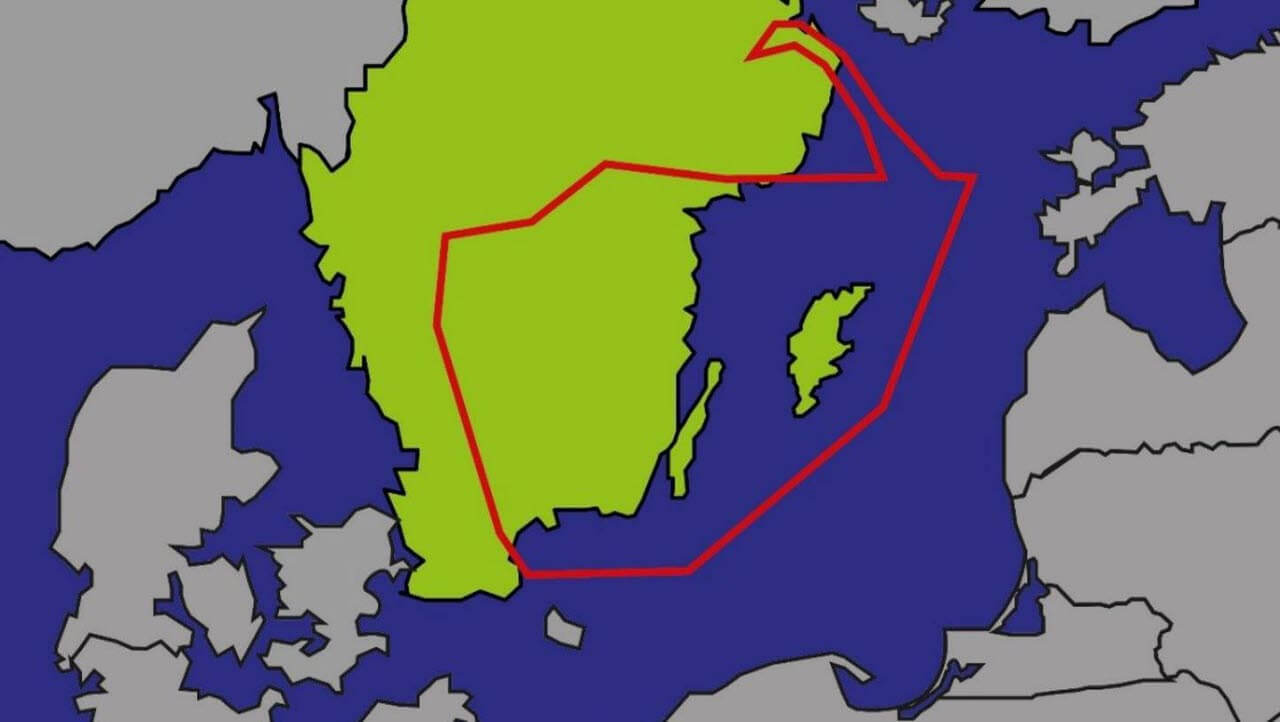

Il-20M
This aircraft is based on the Il-18D transport aircraft but equipped with several sensors:
- Igla main sighting radar: this is the compartment located under the fuselage of the aircraft, at the height of the turboprop engines and is nine meters long, with an estimated range of more than 70 kilometers.
- Two 1,300 mm A-87P cameras to take oblique photos. They are placed on each side of the aircraft, just behind the cockpit (under the first two windows) and directly on the fuselage in a pod in order to take transverse photos. The right (starboard) pod also includes an air intake for the Igla radar cooling system.
- Kvadrat-2 antennas can also be added in pods on the fuselage, but at the rear of the aircraft.
- Romb-4 sensors
- Vishnya sensors, visible above the fuselage (the two trapezoidal antennas, between the cockpit and the engines)
These various systems and sensors allow the Il-20M to perform reconnaissance missions by picking up and analyzing emissions of electronic (ELINT) and communication (COMINT) origin.
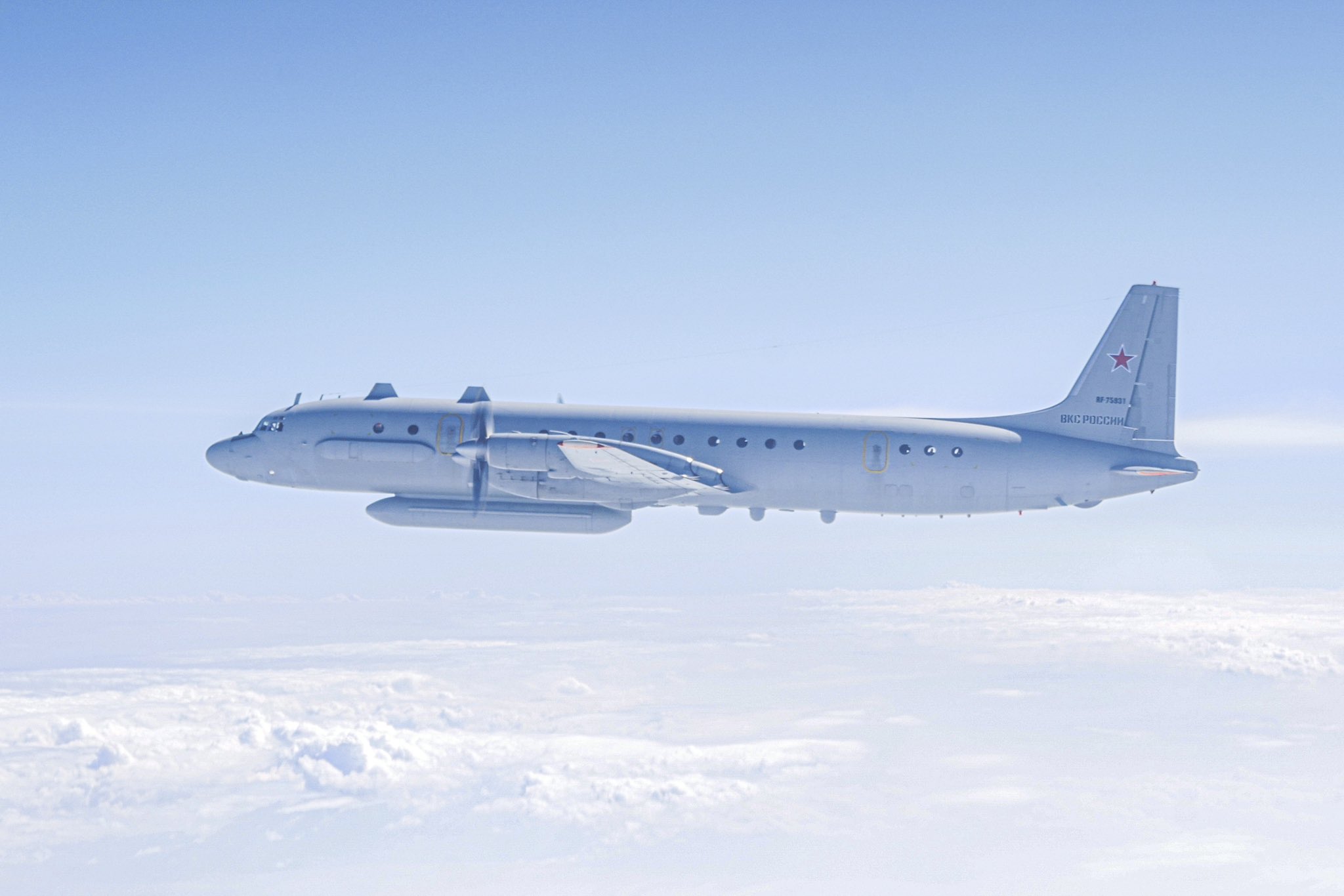

It should not be confused with the Il-22M-11 Coot-B, used as an communication relay, which does not have the Igla radar and reconnaissance systems or with the Il-38 May maritime patrol aircraft. The latter is recognizable with its magnetic anomaly detector behind its tail, its Berkut radar under the fuselage and, for the N version, its Novella air-to-air and air-to-sea radar above the fuselage, behind the cockpit.
Between 12 and 14 Il-20Ms are said to be currently in service with the Russian Air Force. Their missions primarily respond to intelligence requests for the GRU, the Russian Armed Forces' military intelligence service. Although they carry out the same missions as the American and British RC-135V/W Rivet Jets, the Il-20Ms do not have equivalent capabilities and carry a smaller crew. Their intelligence capability would even be inferior to that of the US Navy's EP-E Aries IIs despite their greater range.
Il-20M
Standard crew: 11 people (pilot, co-pilot, navigator, flight engineer and communications manager + 6 cabin operators)
Range: 3,240 nautical miles (6.000 kilometers)
Dimensions: 35.9 meters long, 37.42 meters wingspan and 10.17 meters high
Maximum mass at takeoff: 64 tons
Maximum speed: 356 knots (660 km/h)
EP-3E Aries II
Standard crew: 24 people (three pilots/copilots taking turns, one navigator, three tactical evaluators and one flight engineer + 12 cabin operators)
Range: 2,380 nautical miles (4.407 kilometers)
Dimensions: 35.54 meters long, 30.33 meters wingspan and 10.24 meters high
Maximum takeoff weight: 64.6 tons
Maximum speed: 411 knots (761 km/h)
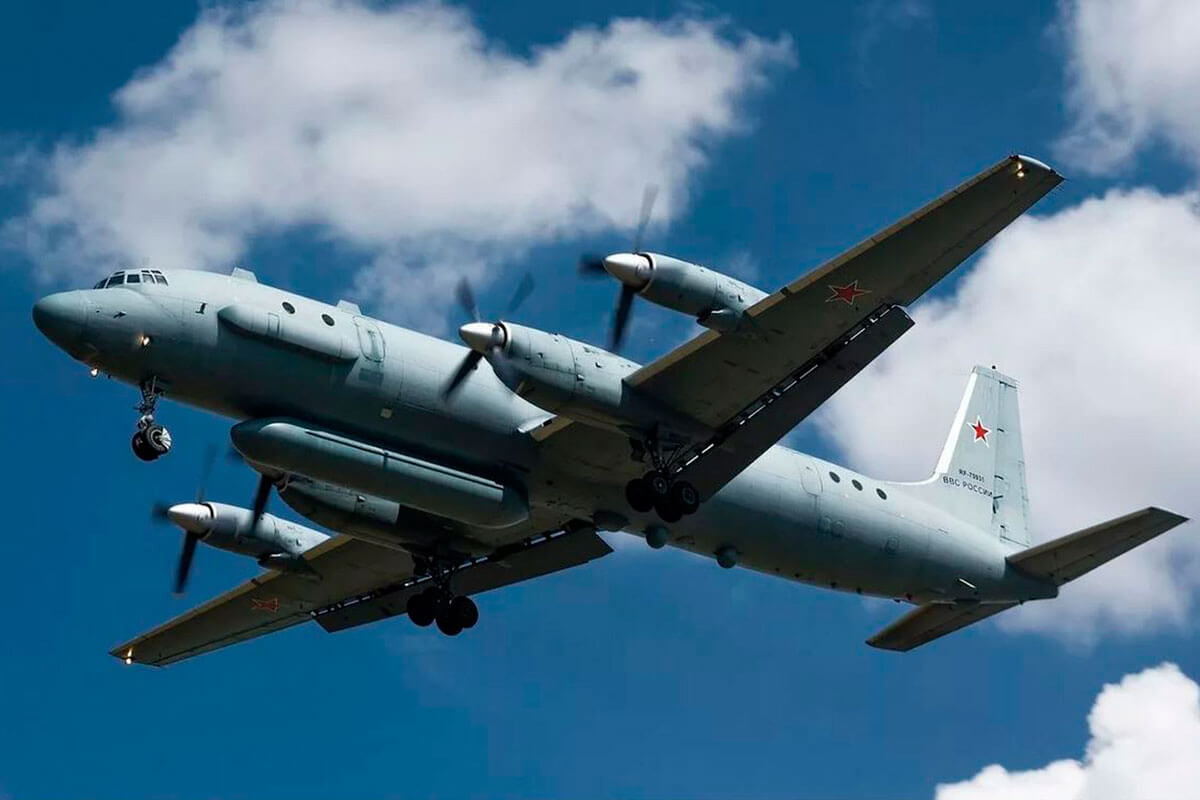

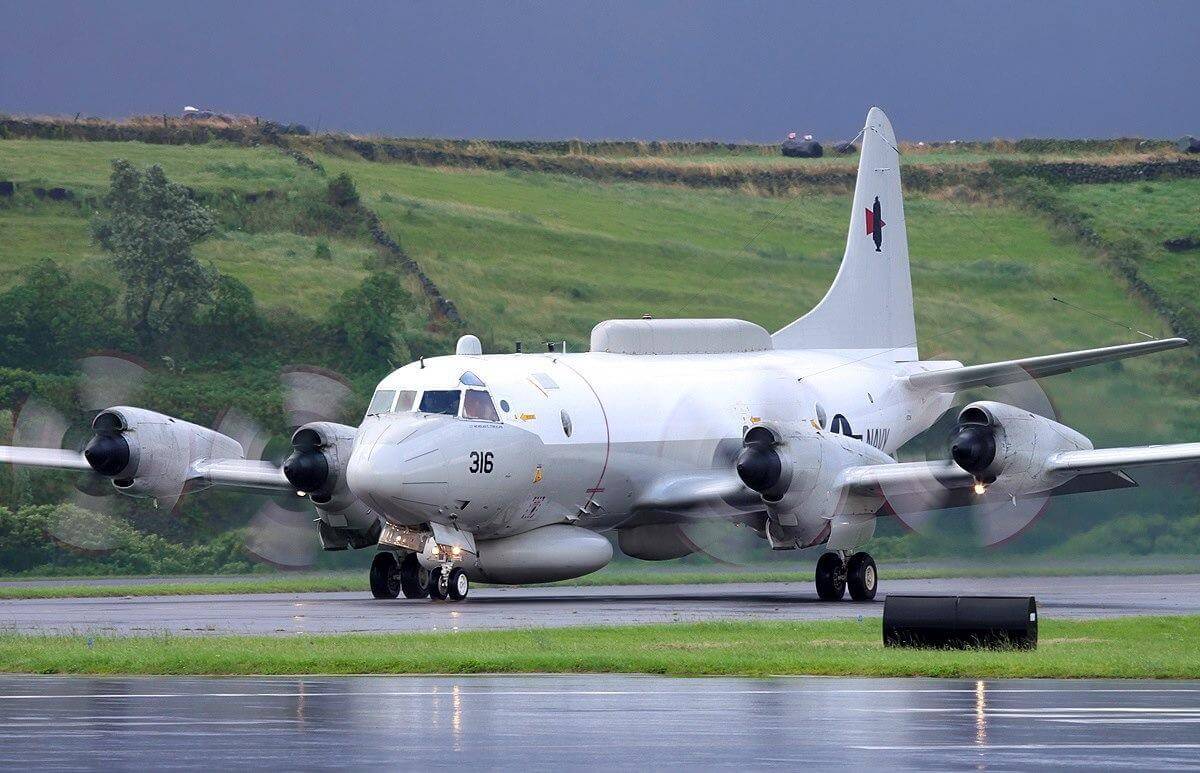

Découvrez cet article sur Air&Cosmos

